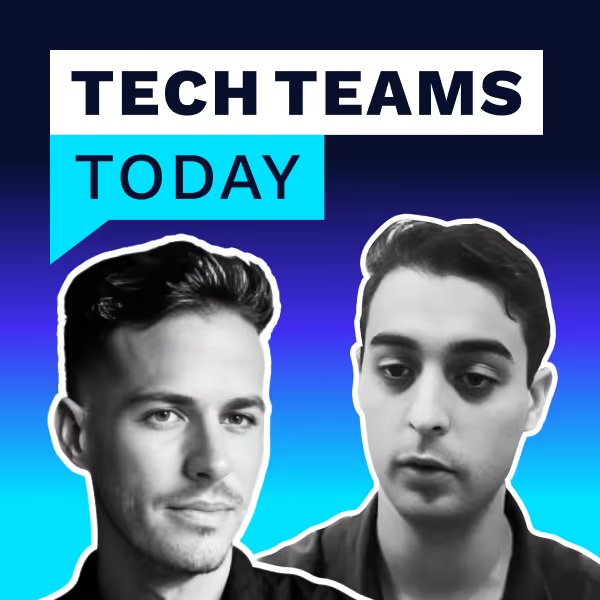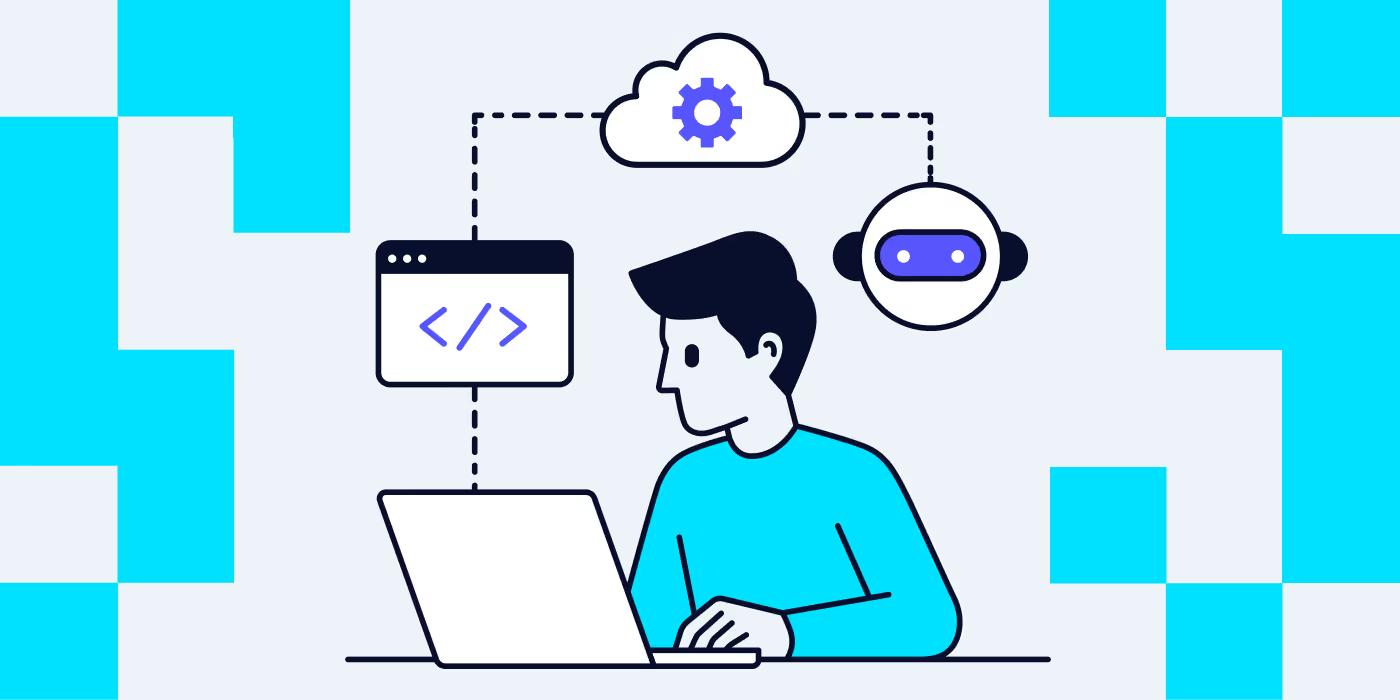In a rapidly changing tech landscape, engineering leadership isn’t just about shipping features; it’s about navigating shifting team structures, evolving skill definitions, and integrating new technologies like LLMs into day-to-day workflows.
On this episode of Tech Teams Today, I sat down with Yassine Açoine, Co-Founder & CTO of North.cloud, to unpack how his leadership style has evolved from running large, structured enterprise teams to co-founding a cloud cost optimization startup. We dug into how the definition of “full stack” has changed, why the line between DevOps and engineering is fading, and what it takes to lead by example in a fast-moving environment.
Whether you’re scaling a small team or steering a mature engineering org, there’s a lot here you can take back to your own leadership playbook.
From Enterprise Politics to Startup Speed
Yassine has seen the contrast firsthand: in enterprises, long-established department structures, legal constraints, and deeply ingrained processes can make even small changes slow to implement. Startups, by contrast, thrive on speed. Decisions happen faster, iteration cycles are shorter, and it’s easier to pivot when new information comes in.
But that speed can be fragile. If leaders bring too much “big company” process into a startup environment, they risk losing the very agility that gives them a competitive advantage.
Key Takeaway: If you lead a smaller team, protect your agility. Keep feedback loops short, approvals minimal, and iteration fast. Process should enable speed, not slow it down.
The New Definition of Full Stack
Once upon a time, “full stack” meant a developer could handle both front-end and back-end work. Today, that definition is expanding. In many teams, especially startups, full stack now means the ability to:
- Build and deploy applications to the cloud
- Work with infrastructure as code
- Manage and optimize data pipelines
- Integrate AI tooling like LLMs into workflows
Yassine argues that engineers don’t need to own infrastructure, but they should be able to deploy their own code to it. The fewer dependencies between engineers and DevOps, the faster the team can move.
Key Takeaway: Redefine “full stack” for your team to include deployment and cloud familiarity. Build a culture where engineers can own their code from commit to production.
The Fading Line Between DevOps and Engineering
For massive platforms like Netflix, there will always be room for specialized DevOps roles. But for smaller companies, the separation between DevOps and engineering can create unnecessary bottlenecks.
Thanks to AI-driven tooling, the skills once locked behind deep specialization are becoming more accessible. LLMs can help developers configure and deploy infra without relying on a separate team, allowing engineering orgs to move faster and reduce dependencies.
Key Takeaway: Explore ways to cross-train your team so DevOps isn’t a gatekeeper. If engineers can ship code and deploy it, you’ll reduce friction and increase speed.
Leading by Example: Technically and Culturally
One of Yassine’s biggest leadership lessons: your team will follow what you do more than what you say. If you approach problems with patience, prioritize security, and communicate clearly, those behaviors will naturally spread through your team’s culture.
He also stresses the importance of staying technical enough to “speak the language” with your engineers. You may not be the deepest expert in every area, but the ability to ask the right questions and understand trade-offs keeps you credible as a leader.
Key Takeaway: Model the habits you want to see, both technical and interpersonal. Culture is contagious, and it starts with leadership.
Why This Matters Now
Engineering teams are evolving faster than ever. The boundaries between roles are less rigid, AI is shifting skill expectations, and leadership requires both technical fluency and cultural awareness.
From redefining full stack skills to breaking down DevOps silos, Yassine’s insights point to a future where engineering leaders are less about enforcing structure and more about removing friction so their teams can do their best work.
Final Takeaway: Stay curious, stay adaptable, and keep your team empowered. The future of engineering leadership will belong to those who can bridge skills, tools, and culture without getting stuck in yesterday’s definitions.
🎧 Check out the full episode of Tech Teams Today on all major podcast platforms.



.avif)


